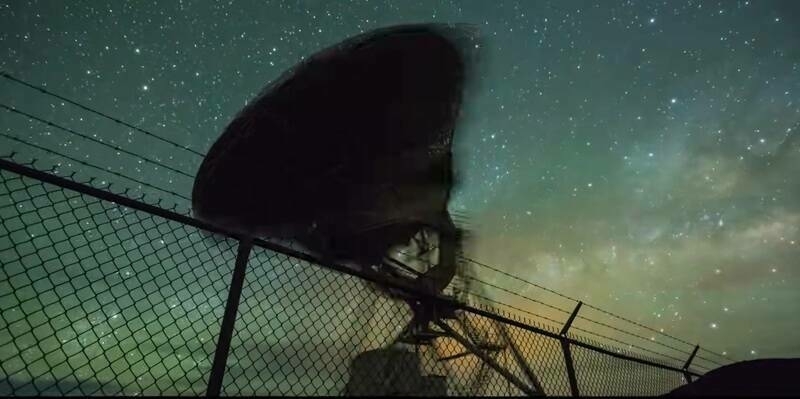August 29, 2019. LONDON, UK. Spirent Communications plc (LSE:SPT), the world leader in global navigation satellite systems (GNSS) testing solutions, has announced the availability of its innovative multipath simulation solution, Spirent Sim3D. The 3D modeling solution enables the testing of realistic multipath and obscuration effects on GNSS signals in a true-to-life synthetic environment.
Historically, researchers and developers of GNSS receivers have had to rely on statistical models and time-consuming live field testing to study the effects of multipath on GNSS signals. With Sim3D, the industry can now fully simulate real-life situations with a level of control never before available for testing multipath.
“Obscuration and multipath effects are one of the major challenges faced by engineers trying to achieve accurate GNSS positioning solutions,” said Spirent Managing Director of Positioning, Martin Foulger. “ The accelerating development of connected autonomous vehicles and other applications that rely on accurate PNT means the need to test millimeter-accurate positioning and sub-100 nanosecond time signal accuracy in a variety of environments is growing rapidly. Sim3D is an important and timely development.”
The unique system has been developed in partnership with OKTAL Synthetic Environment. It offers the ability to simulate multipath effects in a range of life-like geo-typical environments, using different models to recreate locations such an urban highway, an inner city or a forest. Geo-specific models of real locations can also be commissioned, such as areas of major cities like San Francisco.
A satellite signal bouncing off the surface of something in the receiver’s environment, like a building, high-sided vehicle, trees, or even the ground causes the signal travel marginally further, arriving at the receiver slightly later than line-of-sight signals. Without proper mitigation, this can cause a receiver to output an inaccurate position.
During simulation with Sim3D, the GNSS signals interact with fully customizable 3D environments, to simulate real life applications in use, like a vehicle on a highway or a wearable device on a pedestrian. This gives a level of testing detail, control and realism never before available. Such realistic multipath and obscuration simulation will add greater credibility to GNSS testing and assurance that developed solutions are efficiently optimized and tested for any desired environment.
“Using statistical models to calculate the likely arrival point of GNSS signals in different environments has been acceptable while humans have been in control of navigation,” explains Foulger. “But as vehicles become increasingly autonomous, it’s vital to get a more detailed understanding of the effects of obscuration and multipath on a vehicle’s ability to generate an accurate position.
“Sim3D’s ability to realistically simulate different environments provides this greater accuracy and brings a host of benefits to researchers and developers of autonomous vehicle control systems. It will help to guide critical design decisions like where to place the GNSS antenna on the vehicle; which type of GNSS receiver to use; and when to hand off to other position sensors if the GNSS signal becomes too degraded.”
Sim3D is intended for use by the automotive CAV industry, chipset, handset and receiver manufacturers, and in aerospace, military, mining and precision agricultural applications.
Spirent Sim3D will be demonstrated at ION GNSS+ 2019 in Miami, Florida (September 16 – 20), and for more information, visit https://www.spirent.com/products/sim3d.
Subscribe to our newsletter
Stay updated on the latest technology, innovation product arrivals and exciting offers to your inbox.
Newsletter

